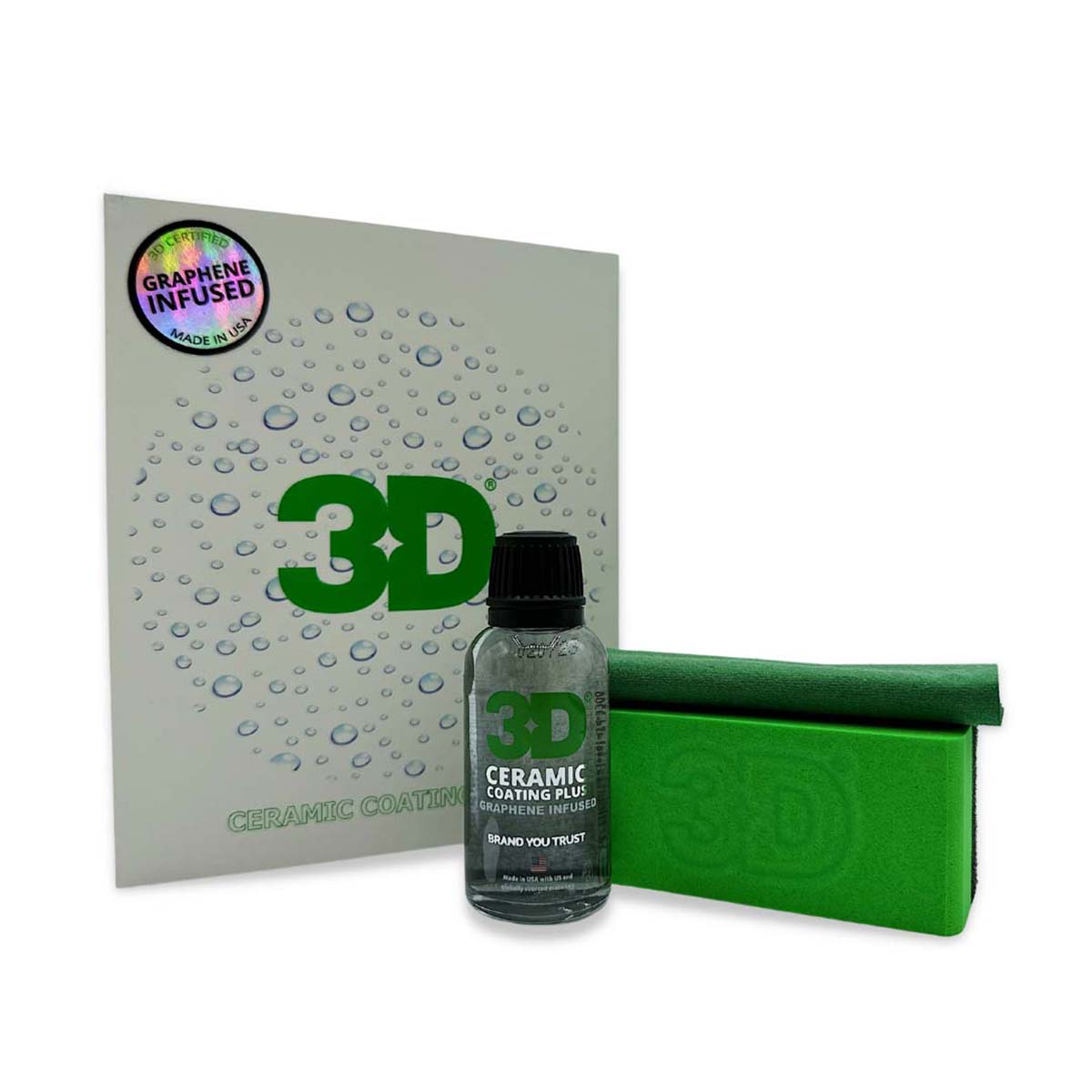Why Ceramic Finish Is the Ultimate Service for a Perfect Complete
Ceramic layer has actually arised as a leading option for those looking for a perfect finish for their automobiles, many thanks to its remarkable toughness and safety functions. This innovative liquid polymer not just bonds flawlessly with manufacturing facility paint but also uses a formidable barrier versus typical threats such as scratches, UV rays, and toxic wastes. In addition, its hydrophobic residential or commercial properties streamline upkeep while boosting visual appeal. Understanding exactly how this modern technology compares to standard techniques and discovering its application nuances can expose also a lot more regarding its worth. What aspects genuinely established ceramic layer apart?
What Is Ceramic Coating?

When applied appropriately, ceramic finish develops a hydrophobic surface area that wards off water and dust, making it much easier to clean and keep. Unlike conventional waxes or sealers, which typically supply brief protection, ceramic coverings can last for a number of years, relying on the product high quality and application method. The process of using ceramic covering calls for precise prep work, consisting of detailed cleaning and often repaint correction, to guarantee optimal bonding and performance.
Ceramic finishings are not restricted to vehicle surfaces; they can additionally be utilized on numerous products, consisting of glass, steel, and plastics, providing a functional remedy for boosting protection. On the whole, ceramic coating stands for a considerable development in surface protection innovation, integrating both practical and visual benefits for a wide variety of applications.
Advantages of Ceramic Covering
While numerous surface area protection alternatives exist, the advantages of ceramic coating attract attention because of its distinct properties and resilient efficiency. One of the key advantages is its exceptional longevity. Ceramic Coating Philadelphia. Unlike traditional wax or sealers that need constant reapplication, ceramic coatings offer a durable layer that can last for several years, considerably lowering maintenance initiatives
One more notable benefit is boosted security versus environmental pollutants. Ceramic finishings create a hydrophobic surface that drives away water, dust, and different pollutants, making it simpler to clean up. This function not just maintains the vehicle's appearance however also reduces the danger of corrosion and oxidation, especially in severe climate condition.
In addition, ceramic finishings offer remarkable resistance to UV rays, stopping fading and deterioration of paint over time. This UV defense is important for maintaining the aesthetic value of vehicles and surfaces exposed to direct sunlight.
Additionally, the shiny coating accomplished with ceramic coating improves the total visual appeal, offering surfaces a showroom-quality shine. Overall, ceramic finishes stand for a significant innovation in surface area protection modern technology, providing long-lasting advantages that deal with both visual and practical needs.
How It Functions
Understanding the scientific research behind ceramic coverings exposes exactly how they provide such exceptional security and durability. At its core, a ceramic coating is a liquid polymer that chemically bonds with the official source car's factory paint.
The application process involves numerous actions, consisting of surface preparation, which is crucial to attaining ideal adhesion. When used, the covering undertakes a curing procedure, Our site during which it sets and forms a semi-permanent bond with the paint surface. This bond is what differentiates ceramic layers from standard waxes and sealants, offering a longer-lasting safety barrier that can sustain for several years.
Additionally, the density of the finishing can enhance its protective qualities, making sure that it can endure harsh conditions. Ultimately, the science of ceramic coverings incorporates innovative products with innovative application methods to deliver an unparalleled degree of security and aesthetic improvement for cars.
Contrast With Conventional Methods
The advantages of ceramic coverings come to be especially evident when compared to standard paint security techniques such as waxes and sealers. While waxes supply a momentary luster, typically lasting a few weeks to a pair of months, ceramic finishings give a lasting protective layer that can sustain for a number of years. This resilience substantially reduces the frequency of reapplication, making ceramic finishes a more affordable service gradually.
Additionally, standard approaches typically require substantial preparation and several applications to accomplish a satisfying degree of defense. In comparison, ceramic finishings bond at a molecular level with the vehicle's surface area, developing a robust guard versus environmental impurities like UV rays, acid rainfall, and road salts. This bond improves the automobile's resistance to scratches and swirl marks, which prevail with standard waxes and sealers.
Furthermore, the hydrophobic homes of ceramic finishes drive away water and dust, bring about easier cleaning and maintenance. On the other hand, wax and sealant-treated surface areas can attract crud, demanding more constant cleaning - Ceramic Coating Philadelphia. Generally, ceramic finishings not only provide premium protection yet additionally provide a much more aesthetically appealing and long-lasting coating, establishing them as the preferred choice for critical car owners
Application and Maintenance Tips

Making use of a foam applicator, use the coating in small areas, adhering to the maker's standards relating to density and overlap. Enable enough curing time in between layers, typically 24 hours, to make sure correct bonding. After application, it is essential to stay clear of exposure to water or harsh aspects for at the very least a week to enable the finish to fully treat.
In addition, utilizing a ceramic maintenance spray can improve the covering's hydrophobic residential or commercial properties and longevity. Normal examinations for any kind of signs of wear will assist keep the covering's integrity and why not try these out preserve that immaculate finish.
Conclusion
To conclude, ceramic covering becomes a remarkable choice for achieving a remarkable auto coating. Its outstanding resilience, safety top qualities, and hydrophobic homes considerably boost the car's appearance while simplifying upkeep efforts. By developing a durable bond with factory paint, ceramic covering effectively guards versus scratches, UV rays, and environmental pollutants. With a life-span prolonging numerous years, this sophisticated service not only preserves but likewise elevates the total aesthetic appeal of lorries, making it an economical investment for automobile lovers.
